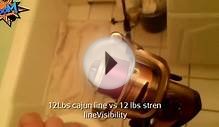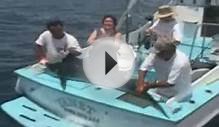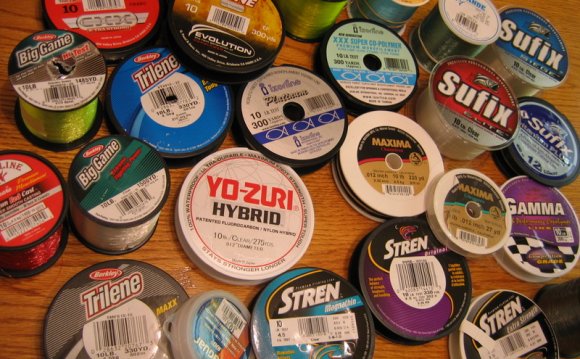
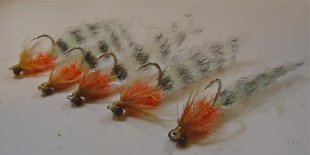
Fly Fishing Primer with Cajun Fishing Adventures
No matter your fly fishing record and knowledge, this primer will assist you in being willing to take full advantage of your personal future fly-fishing experience in southeast Louisiana with Cajun Fishing Adventures.
This can make suggestions through a full description and comprehension of what to anticipate, what to bring plus everything we offer.
Planning for Your Journey
Casting
Great casting is considered the most essential of all the skills necessary to fly fish saltwater. You will need to have the ability to throw quickly and accurately out to at the most 50 legs. Many objectives should be inside 10-30 base range.
To increase your chances of success, you need to be able to quickly present the fly to your fish. a seafood will eat an adequately presented fly usually; but a poorly presented fly will both spook the seafood or are going to be refused nearly every solitary time. Your absolute best opportunity to attach is always to make an instant, accurate cast the 1st time.
Practicing Before Your Journey
The Cajun Fishing Adventures fly guides makes it possible to together with your casting however, any training eliminates from your fishing time. There are many great instructional video clips available from neighborhood fly store which is very helpful In addition, several lessons from a beneficial teacher before your trip is going to be definitely worth the money and can go a long way towards shortening the learning bend. By all means, understand the “double haul”. This method is a necessity in making precise casts inside wind commonly experienced around our marshes.
Training (in wind) before your trip and your pleasure are increased. Sacrifice some distance for reliability. All of the fish caught on fly tend to be hooked within 10-30 foot regarding the boat.
In addition, practice casting with as few untrue casts as possible. Contrary to public opinion, continued false casts do not increase the length of the casts. The seaside winds you will find are a detriment to great fly casting. With appropriate strategy, a few untrue casts are all you want.
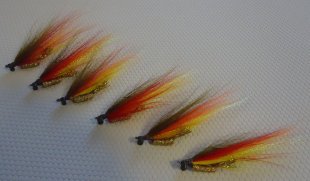 Also practice roll-casting to various objectives of various lengths. If you're able to place your fly in a garbage can lid at distances from 10-30 foot, eight away from ten times, you may be effective in southeast Louisiana marshes.
Also practice roll-casting to various objectives of various lengths. If you're able to place your fly in a garbage can lid at distances from 10-30 foot, eight away from ten times, you may be effective in southeast Louisiana marshes.
From the liquid
What to Expect
Within enormous delta, because variable wind directions & wave amounts, the seafood may not stay-in equivalent areas every day. Fish have a tendency to move and locate comfort zones in addition to follow their particular meals sources. Remain patient and get aware, so that you can take advantage of every opportunity. Your guide are spending so much time to locate seafood and help keep you on fish.
The biggest shock that a lot of fly fishermen get whenever fishing the marshes is how quickly every little thing takes place. The motorboat is moving, the fish is going, the wind is blowing – within the couple of seconds from when the guide views the seafood towards the time he provides you with distance and path, the fish’s position may transform by six or eight feet relative to the watercraft. The screen of possibility is open only for a brief period of time. This is how practice will pay off.
In addition, you can read about newcastle student property to rent.
Casting to Fish
When your guide places a fish, he will mention the fish making use of the time clock and length technique. Visualize the watercraft as a clock face with 12 o’clock straight from the bow, 6 o’clock lifeless astern, 9 o’clock directly to the left and 3 o’clock right to suitable. Therefore, a fish at 20 feet and simply to the left of the bow for the vessel could be called on as “11 o’clock, 20 feet”. Thus giving you a direction and distance towards which to cast.
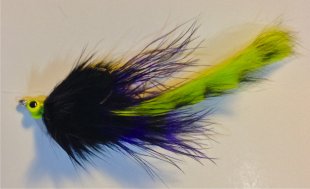 listed here is where in actuality the quick, precise casting is necessary. The hit zone the fish is rarely larger than 12 to 36 inches. You need to be on target to capture that fish. This is actually the series of showing the fly to a fish:
listed here is where in actuality the quick, precise casting is necessary. The hit zone the fish is rarely larger than 12 to 36 inches. You need to be on target to capture that fish. This is actually the series of showing the fly to a fish:
▪ Your guide explains the fish.
▪ From the prepared position, roll cast to obtain the fly airborne
▪ One full false cast to take only a little line and increase the range rate
▪ The buy target
That’s all –and it occurs rapidly!
Fighting Seafood
Redfish & Black Drum are not speed burners like bonefish nor will they be jumpers like tarpon, but they are tenacious. When they have the hook they will make various works initially. USUALLY DO NOT MAKE A “HIGH” TROUT HOOKSET. It’s better to make an excellent strip-set using fly range, holding the bent rod from the direction the seafood is at first working. Hold CONSTANT pressure on the fish during the fight and allow reel’s drag do the work. Try to work the fish back towards ship by keeping pole pressure and reeling upon the fish. Do not get impatient, the seafood is connected and also you do not want to alter that.
Once the seafood is close to the motorboat it is time to make the battle to him. The fastest method to defeat a fish would be to go its mind. Keeping continual, opposing pressure on the seafood will fatigue him. Once the fish is met with the watercraft it may make a sudden lunge; let him get – there is lots of stress regarding leader at this time as well as the seafood can break off. Battle him back to the vessel as before. When the seafood is prepared, your guide will boat it.
 Fish Behavior
Fish Behavior
Fly-fishing southeast Louisiana marshes centers around redfish, but black drum, flounder and spotted seatrout also provide difficulties too. Each fish exhibits different sorts of behavior.
Redfish & Ebony Drum
You and your guide will usually be searching for Redfish & Black Drum. You can expect to usually encounter all of them in one of these four methods.
Backing, Tipping & Tailing – A redfish tails in shallow-water since it steps its’ head right down to root and give along the bottom. Here is the classic redfish behavior whenever an individual, pod or school is earnestly feeding. The fish’s interest is focused downward and a fly should be presented near to the seafood or it'll get unnoticed. Additionally, you’ll need certainly to allow fly sink somewhat to get it while watching seafood. Only some fish in the school are tailing therefore look closely for any other fish
Mudding – this is exactly what you notice whenever redfish end in slightly much deeper liquid. Their tails cannot break the area but the dirt cloud raised by their grubbing can be viewed. From a distance, you might notice “nervous water” one which just see dirty water. Once again, the presentation is the same as for tailing seafood.
Cruising – A cruising seafood is extremely common within our marshes and easily spotted by its’ v-wake liquid trademark. Cruising fish is almost certainly not actively feeding but will often strike a well-placed fly. If their tail fin is “lit up” with a bright blue hue, he can normally eat. Whenever a cruising seafood is sighted your guide will provide time clock and distance also let you know what the fish has been doing. For instance, “11 o’clock, 20 legs, swimming right to left” indicates a fish on the remaining region of the bow, 20 feet away, cycling away, or towards the back of vessel.
Laid-Up Fish – in some instances, fish come to be simple & non-active and might seem to be disinterested in feeding. Occasionally, several presentations will draw the fish’s interest, excite it and cause a strike regarding the 4th or fifth cast.
Spotted SeaTrout
Late summertime through belated autumn, quality spotted seatrout can be found on or about the oyster reefs. Whenever sight casting for all of them, these are typically oftentimes found either set up or cruising.
Floating or simple buoyant flies that can be recovered within the oysters, without getting “hung-up” have the best success prices. Baitfish patterns excel in this scenario.

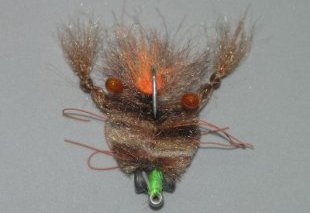
RELATED VIDEO
